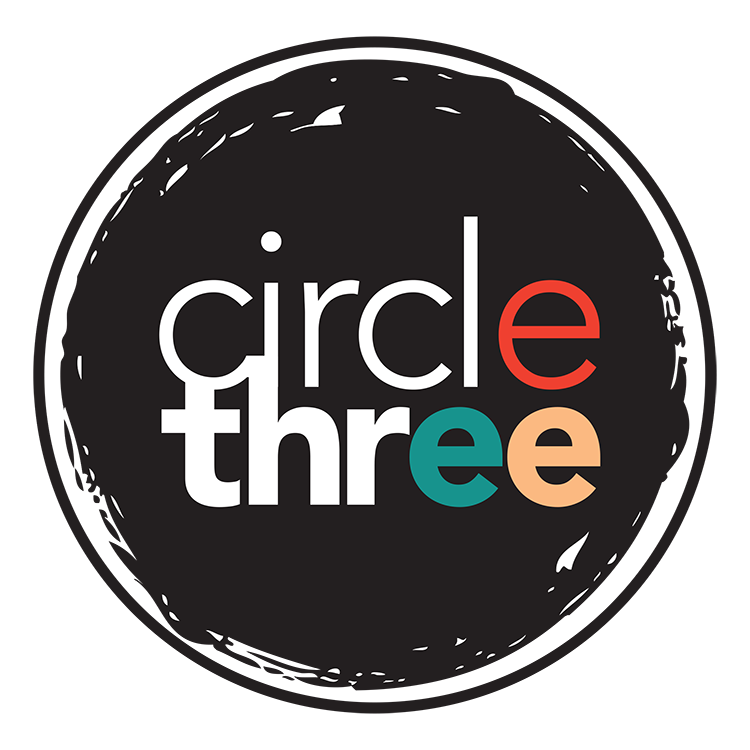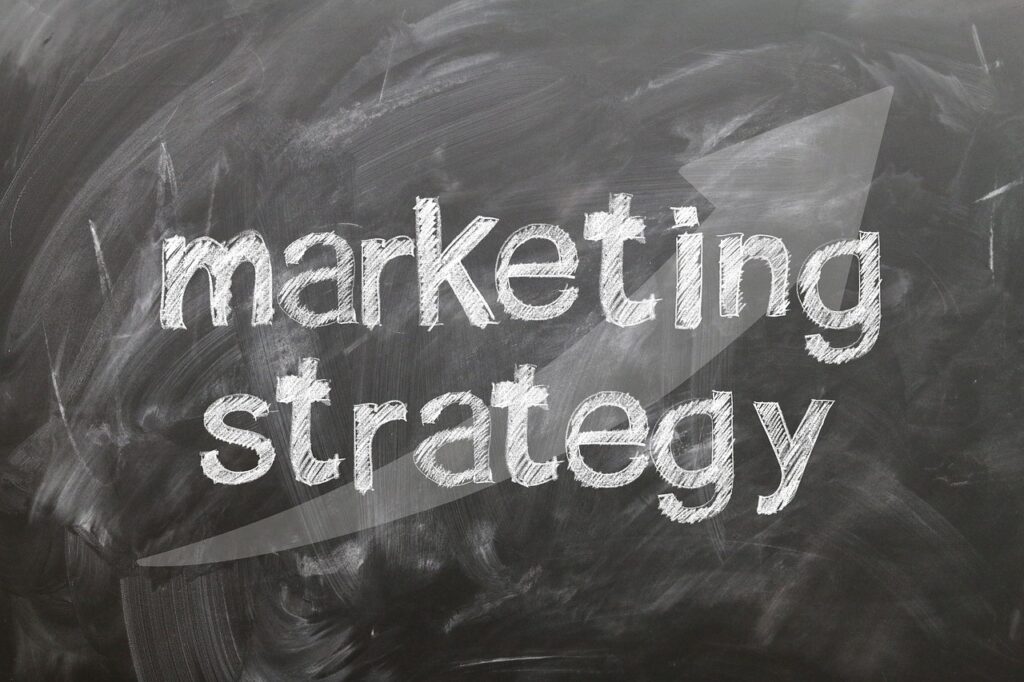In today’s business landscape, sustainability has become more than just a buzzword; it’s a driving force that shapes consumer decisions and industry trends. Commercial waste haulers and municipalities are included in this movement, playing a vital role in creating a greener and more eco-friendly future. As the demand for sustainable solutions grows, so does the need for these businesses to establish a strong brand identity that resonates with environmentally conscious consumers. In this article, we’ll explore essential marketing tips to help commercial waste haulers and municipalities build a compelling brand identity rooted in sustainability – and provide some tips that all sustainability-minded organizations, movements, and brands can use to build their own brand identity.
1. Define Your Green Values and Mission
The foundation of any successful brand identity lies in a clear and authentic set of values and a mission that aligns with sustainability. Define your company’s commitment to reducing waste, conserving resources, and minimizing environmental impact. Craft a mission statement that reflects your dedication to creating a cleaner, more sustainable world. Make sure your entire team understands and embodies these values, as they will be the driving force behind your brand’s credibility. We’ll talk more on your team’s impact in #10.
2. Develop a Distinctive Brand Voice
Your brand’s voice is how you communicate with your audience, and it should reflect your commitment to sustainability. Use language that showcases your passion for eco-friendly practices, innovation, and positive change. Whether it’s on your website, social media, or marketing materials, maintain a consistent tone that resonates with environmentally conscious customers. If you brand was a person and you met him, what is he like? Is he casual? Formal? Describe your brand like a person and you’ll hone in on that distinctive brand voice.
3. Craft a Brand Image
In the world of branding, visual elements play a pivotal role in conveying your brand’s personality and values. Your brand’s image is the first thing that your audience will notice, and it should reflect the essence of sustainability and innovation that your business embodies. This is the “pretty stuff” that customers will eventually come to recognize as quickly as they do that red and yellow color combination in the McDonald’s logo.
– Color Palette
Choose a color palette that resonates with nature and sustainability. Earthy tones like greens, blues, and browns evoke a sense of environmental consciousness. I invite you to step outside of the expected, though, and explore colors that aren’t overused in the green industry. This is where you will want some professional help in determining what works and the message you’re sending to customers and partner organizations. It’s important: these colors will be used across your website, marketing materials, and even uniforms to create a consistent and visually appealing brand experience.
– Logo Design
Your logo is the face of your brand. Make sure your logo scales well across different mediums and sizes. It should be simple, memorable, and convey your commitment to sustainability and other brand values. Incorporate elements like leaves, arrows (indicating progress), or recycling symbols to visually represent your eco-friendly focus, if it makes sense to you. Again, don’t be afraid to do something different.
– Typography
Select fonts that complement your brand’s personality. Clean, modern fonts with a touch of sophistication often work well for sustainability-focused businesses. Typography should be easy to read and align with your brand’s voice.
– Imagery Style
The images you use should reinforce your commitment to sustainability. Incorporate photographs that depict your team engaging in eco-friendly practices, recycling processes, and waste reduction efforts. Authentic and relatable visuals will resonate better with your audience.
– Design Consistency
Maintain design consistency across all your brand materials. Whether it’s your website, brochures, or social media graphics, the visual elements should look like they belong to the same brand family. This consistency helps build recognition and trust. We don’t change brand identity elements to fit trends, holidays, or whims. Once you identity is established, you should consider it fairly set in stone and only plan to do small style enhancements over the years to keep it looking fresh.
– Environmental Graphics
Consider using visuals that convey a sense of responsibility and environmental awareness. Icons related to recycling, energy conservation, and waste reduction can be integrated into your design elements to emphasize your core values.
By carefully curating your brand’s visual identity, you create a strong and lasting impression in the minds of your audience. The colors, logo, fonts, and imagery you choose will not only represent your business but also communicate your dedication to sustainability even before a word is read or spoken. A well-crafted brand image enhances your overall identity and sets the tone for a lasting and meaningful relationship with your environmentally conscious customers.
4. Create an Engaging Online Presence
In the digital age, a strong online presence is essential for building brand identity. Develop a user-friendly, informative website that highlights your services, sustainability initiatives, and success stories. Incorporate high-quality visuals and videos that showcase your team in action and the positive impact you’re making. Utilize social media platforms to share informative content, interact with your audience, and celebrate sustainability milestones.
5. Showcase Your Eco-Friendly Practices
Consumers are increasingly interested in knowing the tangible steps a company takes toward sustainability. Highlight your waste reduction techniques, recycling efforts, use of renewable energy sources, and any other eco-friendly practices. Share case studies and success stories that demonstrate your commitment to making a difference. This not only builds trust but also educates your audience about the positive impact of your services – and the consequences of their actions.
6. Collaborate and Network
Partnering with other sustainability-focused businesses, local organizations, and even community events can amplify your brand’s reach and impact. Collaborative efforts show that you’re not just focused on your own success, but also on the broader goal of creating a sustainable future. Networking with like-minded professionals can lead to new opportunities and a stronger brand presence in your industry. You may also find powerful influencers that aren’t necessarily in the industry as peers, but that have powerful sway over the actions of others in the locations you serve, like a City Council member, a private business, etc.
7. Educate Your Audience
Position your brand as a thought leader in sustainability by providing valuable educational content. This could include blog posts, webinars, workshops, or downloadable guides on waste reduction, recycling best practices, and the benefits of sustainable living. When you empower your audience with knowledge, you establish authority and foster a deeper connection with your brand. Keep talking about what you do! If YOU aren’t talking about the things that matter to you, I can almost guarantee you that someone else is and they may not have all the facts. Don’t let others speak for your brand.
8. Leverage Green Certifications and Awards
If your business has obtained certifications or won awards related to sustainability, make sure to prominently display them in your marketing materials. These accolades not only showcase your commitment to eco-friendly practices but also add an extra layer of credibility to your brand identity. You may also want to include things regarding safety and industry membership, as well as local and state government.
9. Tell Your Story
Every brand has a story, and yours is no different. Share the journey of how your business came to prioritize sustainability and the challenges you’ve overcome. Personal stories resonate with audiences and make your brand more relatable and memorable. I like to see businesses and organizations admit that they haven’t always had it right and demonstrating how they’re going to achieve their goals. It humanizes the brand identity.
10. Educate and Empower Your Team
A cohesive brand identity can only be fully realized when every member of your team understands, embraces, and promotes it. Your employees are the living embodiment of your brand, and their interactions with customers, partners, and the community should reflect your commitment to sustainability. Your people are powerful assets – and your biggest risk when it comes to inconsistencies in the brand identity.
– Training Programs
Develop comprehensive training programs that familiarize your employees with your brand values, mission, and sustainability initiatives. Ensure they understand how their roles contribute to the bigger picture of creating a greener future.
– Internal Communication
Regularly communicate updates about your brand’s sustainability efforts and milestones within your organization. This not only keeps your team informed but also nurtures a sense of pride and ownership in your shared mission.
– Lead by Example
Leadership should set the tone by embodying the brand identity. When your leadership team demonstrates a genuine commitment to sustainability, it motivates employees to do the same.
– Employee Engagement
Encourage employees to share their ideas and suggestions for furthering your brand’s sustainability goals. When employees feel involved and valued, they become advocates for your brand both inside and outside the workplace.
– Recognition and Rewards
Recognize and reward employees who consistently embody the brand identity and contribute to your sustainability efforts. This reinforces the importance of your brand values and fosters a positive work culture.
– Empowerment
Empower your employees to communicate your brand’s sustainability initiatives confidently. Equip them with the knowledge and materials they need to answer questions from customers or the public.
– Regular Refreshers
Brand identity isn’t a one-time effort. As your business evolves and new sustainability practices are implemented, conduct periodic refresher sessions to ensure that your employees remain aligned with your brand values.
– Feedback Loop
Create a feedback loop where employees can provide input on how to improve your sustainability initiatives and better communicate the brand identity. Their insights can be invaluable in refining your strategies and catching gaps where someone or something isn’t living up to or maintaining the brand.
Remember, your employees are your brand’s ambassadors. When they truly understand and resonate with your brand identity, they naturally convey authenticity and passion to your customers and partners. By investing in their education and empowerment, you’re not only creating a strong internal culture but also ensuring that your brand’s sustainability message reaches a wider audience through every interaction.
Wrapping Up
In conclusion, building a brand identity for commercial waste haulers and municipalities in the sustainability sector requires a strategic and authentic approach. By defining your values, developing a strong online presence, showcasing eco-friendly practices, collaborating with others, educating your audience, and leveraging certifications, you can create a brand that not only resonates with environmentally conscious consumers but also drives positive change in your industry and beyond. Embrace sustainability as the heart of your brand, and watch your identity flourish in the eyes of those who share your commitment to a greener future.

